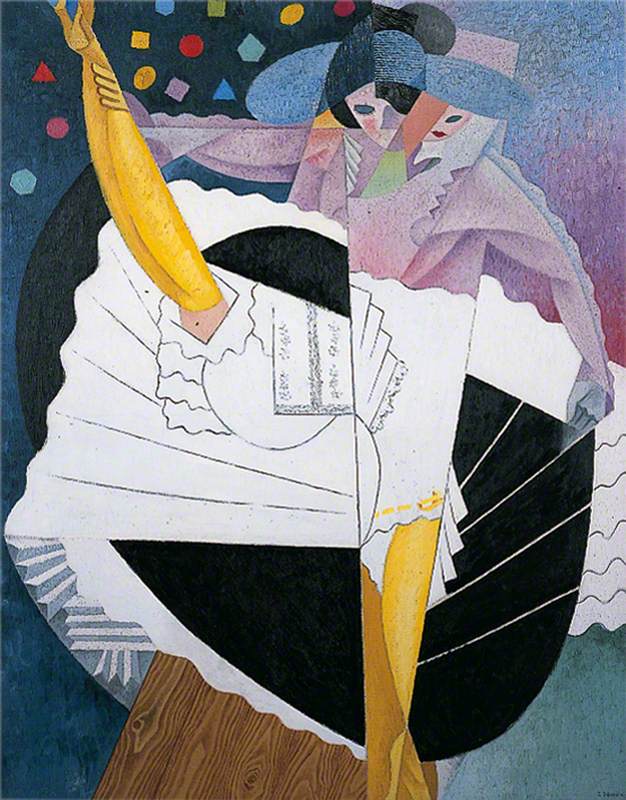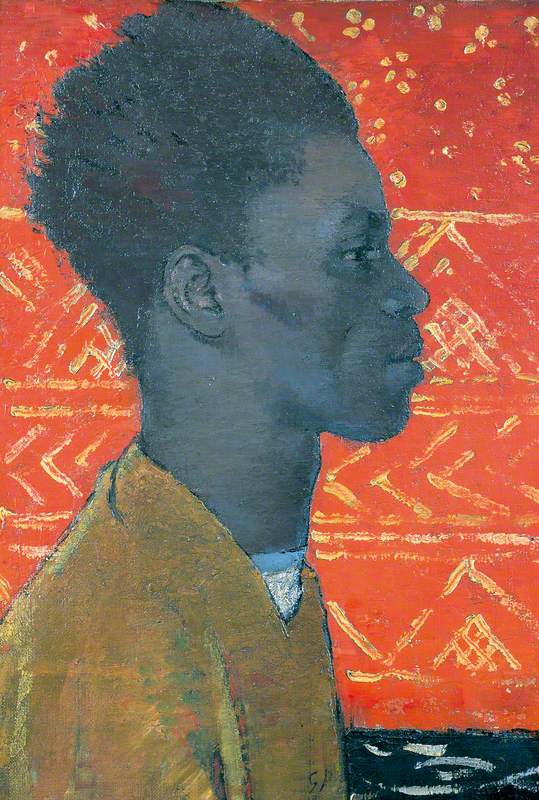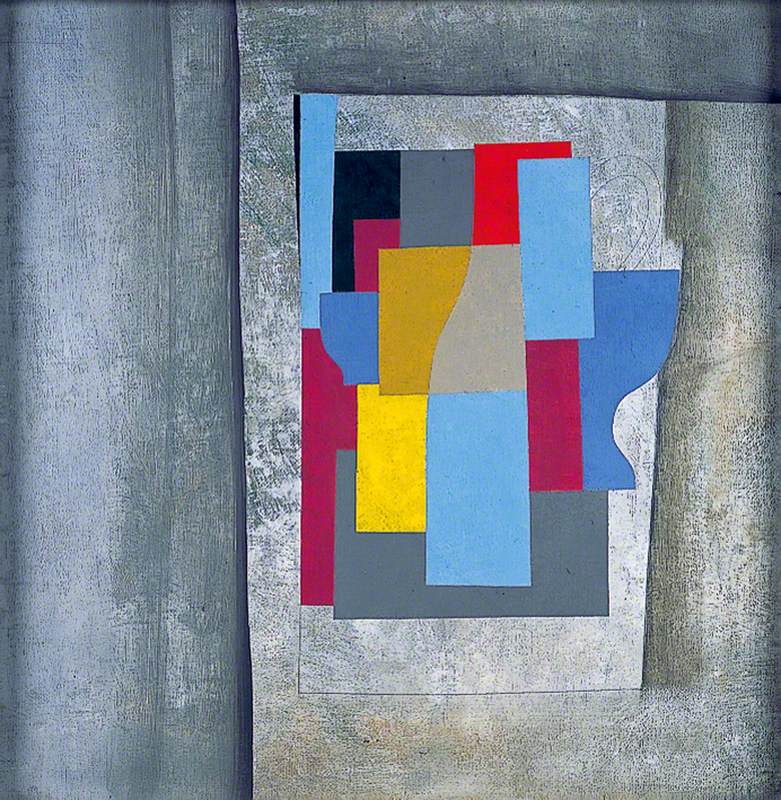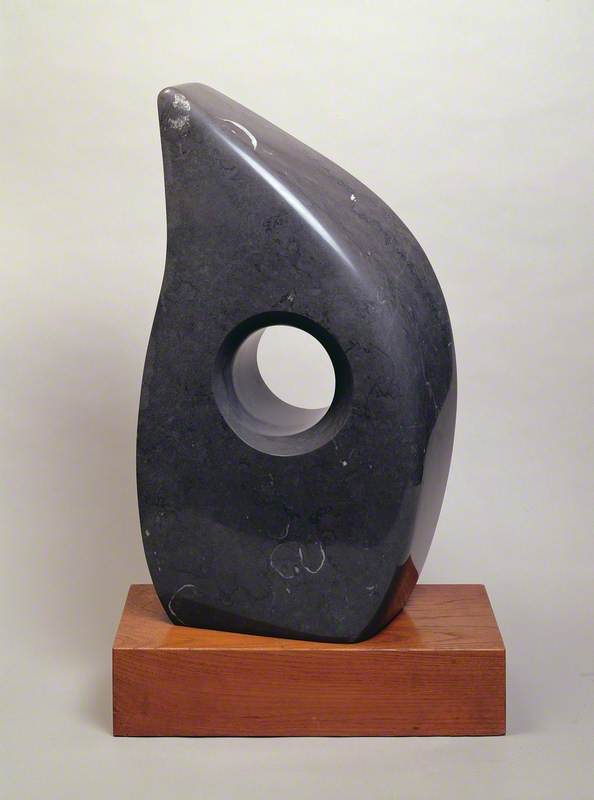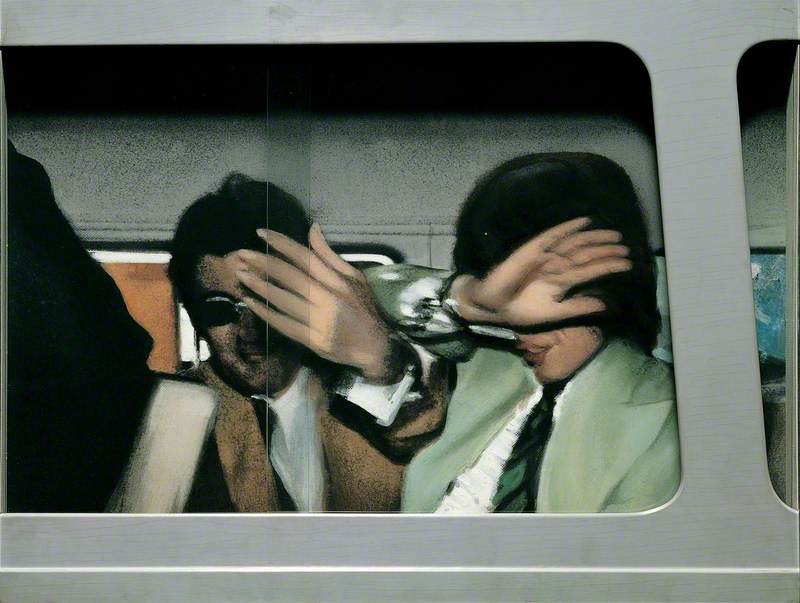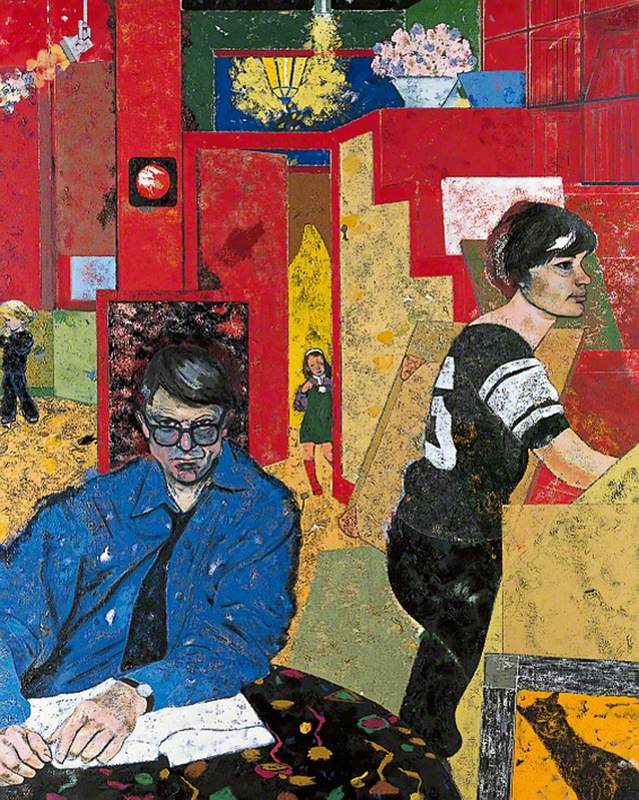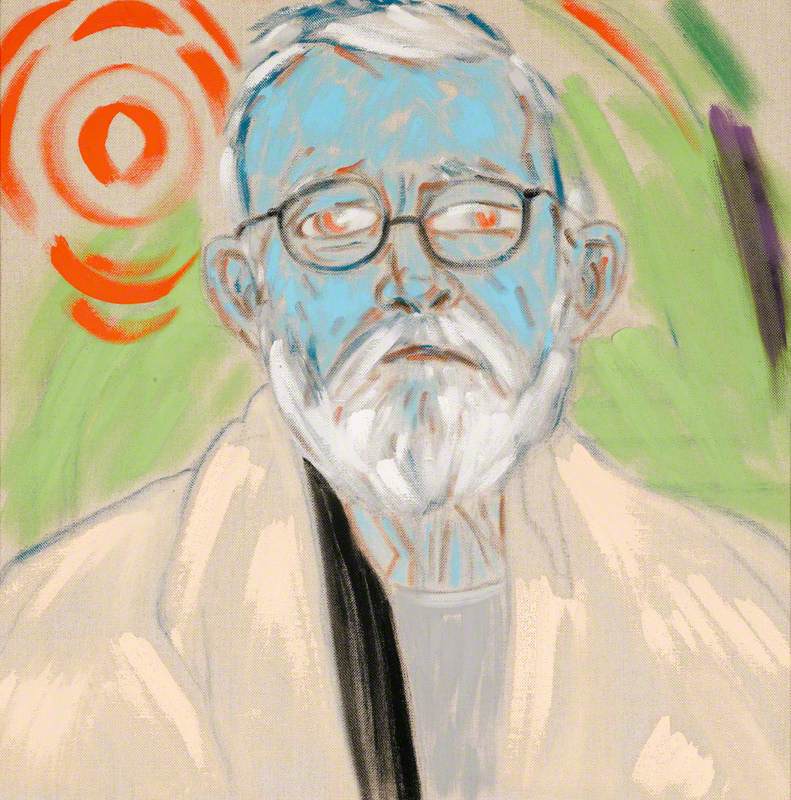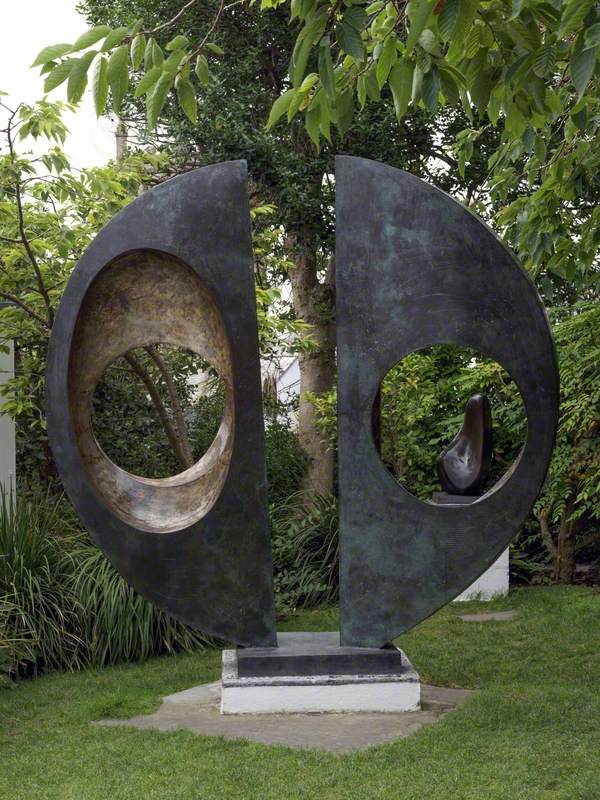Pallant House Gallery is home to a world-class collection of Modern British, international and contemporary art of over 4,300 items including over 3,000 works on paper, almost 400 paintings, over 80 studio ceramics and some 153 sculptures. The permanent collection has grown from a number of significant gifts and bequests together telling a story of collecting and passion for art within a shared narrative of art history through works of Post-Impressionism to Cubism, and Neo-classicism to contemporary art.
Art Unlocked is an online talk series by Art UK in collaboration with Bloomberg Philanthropies. This Curation is based on a talk by Simon Martin, Director of Pallant House Gallery, on 26th May 2021. You can find a recording at: https://youtu.be/017w0u6ym3E
-
Danseuse No. 5 1915/1916
Pallant House Gallery is best known for its collection of 20th-century British art, but we also have many significant works by international artists. This high-kicking can-can dancer by the Italian Futurist artist Gino Severini is widely considered to be one of his masterpieces. The Futurists were interested in the dynamism of modern life and often depicted the machine. However, instead of speeding automobiles, Severini’s favourite theme was dance. After his move to Paris, he frequented the dance-halls and cabarets of Montmartre with his friends and fellow artists Modigliani and Picasso. Severini has painted the effect of wood grain to suggest the dais on which she stands, reflecting the collage aesthetic of Cubism.
Gino Severini (1883–1966)
Oil on canvas
H 93.3 x W 74 cm
Pallant House Gallery
-
Henry Thomas 1934–1935
Glyn Philpot’s portrait of his model Henry Thomas is one of the most distinctive examples of his sensitive portraits of black sitters for which he is best-known. Originally from Jamaica, Thomas was a stoker on a steamship, but apparently missed his boat home. He was discovered by Philpot’s godson in The National Gallery and subsequently worked as both a model and manservant for the artist. Philpot had been a highly successful society portrait painter during the 1910s and 1920s and was the youngest Royal Academician at the time of his election, but paintings such as this reflect his interest in social outsiders.
Glyn Warren Philpot (1884–1937)
Oil on canvas
H 52.5 x W 36.4 cm
Pallant House Gallery
-
1946 (Still Life – Cerulean) 1946
This colourful painting seems at first to be an entirely abstract composition, but if we look closely it is possible to recognise the forms of bottles, mugs and jugs. Still life was at the heart of Nicholson’s work throughout his career. He used it as a vehicle for experimentation. Photographs of his various studios during his life show the same distinctive domestic objects that he returned to again and again. The cerulean of the title is a reference to the colour blue. The work was created during the time that he lived in St Ives in Cornwall, where he adopted a much brighter palette filled with bold areas of colour.
In summer 2021 Pallant House Gallery will hold the exhibition ‘Ben Nicholson: From the Studio’.
Ben Nicholson (1894–1982)
Oil on canvas over board
H 61.5 x W 63 cm
Pallant House Gallery
-
Single Form (Nocturne) 1968
Single Form (Nocturne) was bequeathed to Pallant House Gallery by Walter Hussey, the Dean of Chichester Cathedral who commissioned numerous modern artworks for the cathedral. Hepworth reportedly made this following a conversation with Hussey about what he looked for in a sculpture. It was collected from the artist’s studio in St Ives in a fishing net. Made of Irish black marble, it reflects Hepworth’s interest in the doctrine of truth to materials and direct carving. The pierced form is a motif that featured in many of Hepworth’s works from the 1930s onwards and was said to relate to her interest in Cornish Mên-an-Tol Neolithic figures. Hepworth is one of several significant British female sculptors represented in the Gallery’s collection.
Barbara Hepworth (1903–1975)
Irish black marble on teak base
H 67 x W 35 x D 14 cm
Pallant House Gallery
-
Swingeing London '67 1967–1968
Swingeing London is one of the most celebrated works in the Gallery’s substantial collection of 1960s British Pop Art. It was created by Richard Hamilton as a protest against the ‘swingeing’ sentence declared by a judge after Mick Jagger of the Rolling Stones and Pop art dealer Robert Fraser were arrested for drugs offences. The court case happened in Chichester and the press featured photographs of the crowds who were there to see the pop star. Hamilton painted over a screenprinted photograph of the pair handcuffed together, creating a distinctive frame that suggests the window of the police van. It is one of a significant group of works by Hamilton in the Gallery’s collection, given by his friends Colin St John Wilson and MJ Long.
Richard Hamilton (1922–2011)
Oil & relief silkscreen on photo & board
H 60.8 x W 79.5 cm
Pallant House Gallery
-
The Architects 1981
This painting depicts the architects Colin St John Wilson and MJ Long and their children Harry and Sal in the studio that MJ had designed for RB Kitaj, with a distinctive stepped bookcase in the background. The couple had met at Yale University and MJ (who was American) is shown wearing an American football top. In homage to the place where they met, Kitaj has ‘quoted’ the distinctive red walls and yellow lamp of Vincent van Gogh’s Night Café in the collection of Yale University Art Gallery. Wilson and Long worked together on the British Library and on Pallant House Gallery’s new wing which opened in 2006. They were close friends of Kitaj and formed a collection of over 300 of his prints, paintings and drawings.
Ronald Brooks Kitaj (1932–2007)
Oil on canvas
H 153 x W 122.2 cm
Pallant House Gallery
